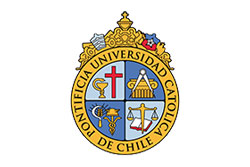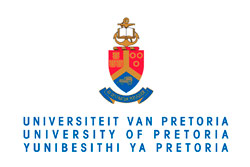Land use and mobility interactions in the modern metropolis manifest themselves in two competing, age-old, forces: centripetal forces pulling us together into agglomerations and centrifugal forces pushing us ever further into the metropolitan hinterland. Thus, mobility is a fundamental part of urbanization and metropolitanization processes. Furthermore, mobility also serves as the core metric in defining metropolitan areas, helping identify functional urban areas. This chapter aims to elucidate some of the challenges to governing metropolises for sustainable mobility, defined by the author as the ability to provide non-declining accessibility in time. The chapter analyzes mobility governance and interrelating theories with concrete examples from the United States, Portugal, and Mexico, offering a glimpse of the complexity and posing central yet still unresolved questions. In whose ultimate interest is metropolitan mobility and who should pay for it? How related are the form of governance with the quality of the governance outcome? By what outcomes can metropolitan mobility performance be compared? Can these outcomes be meaningfully compared across metropolises? The chapter concludes noting a contradiction: while the finance system is a critical factor in determining metropolitan mobility governance, formal metropolitan mobility finance systems rarely exist. The author argues that using money to move the metropolis in the right direction offers hope, largely unfilled to date, to improve, and ultimately sustain, accessibility.
Download version: https://publications.iadb.org/handle/11319/8596










